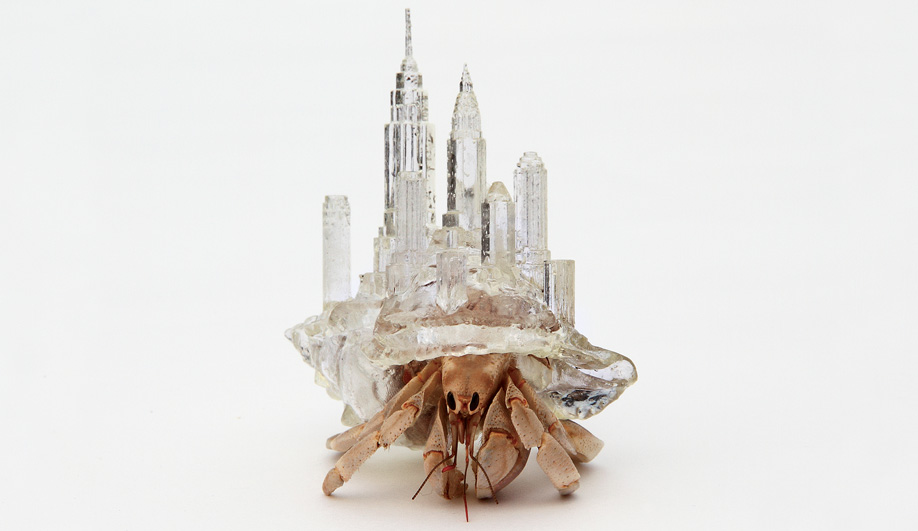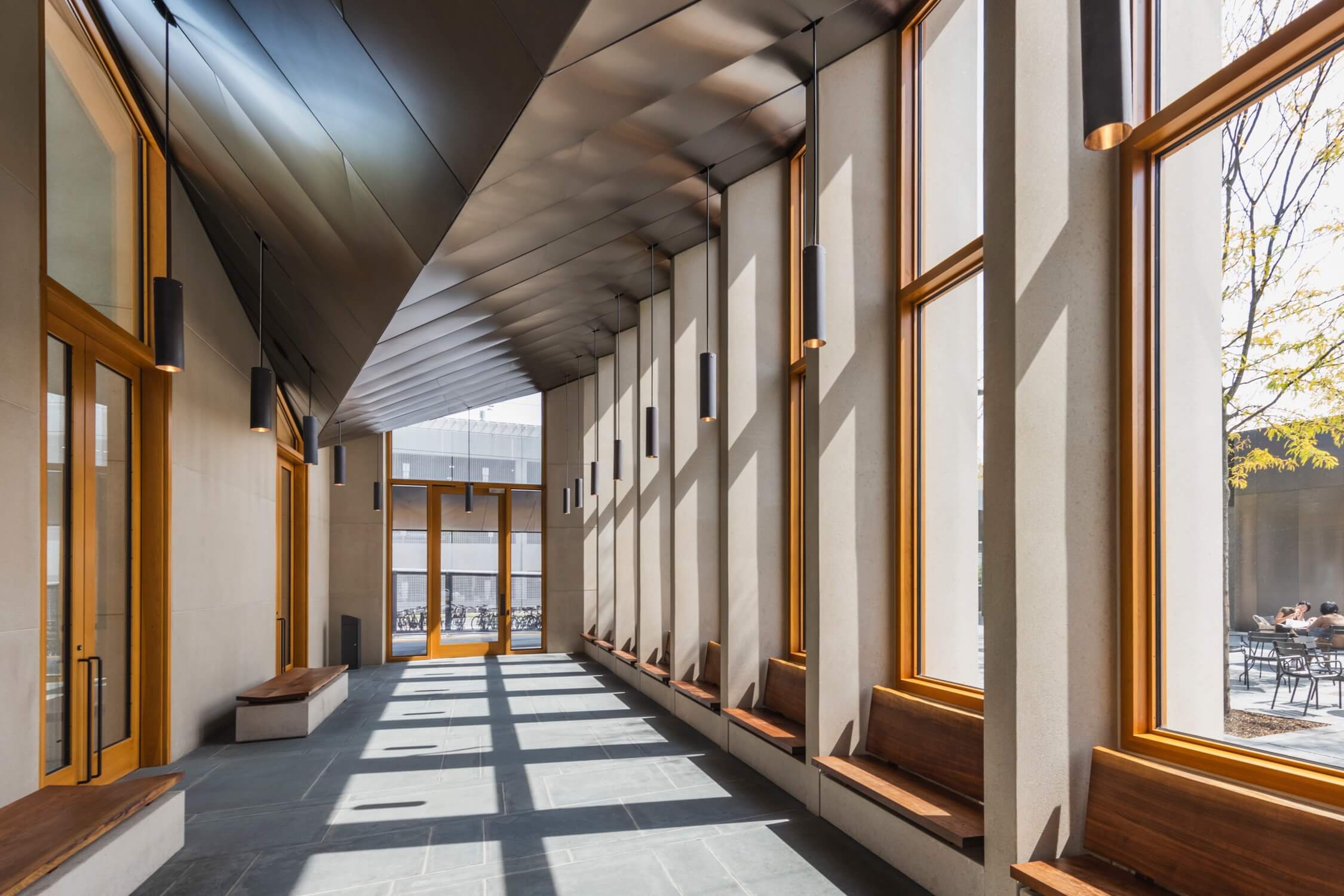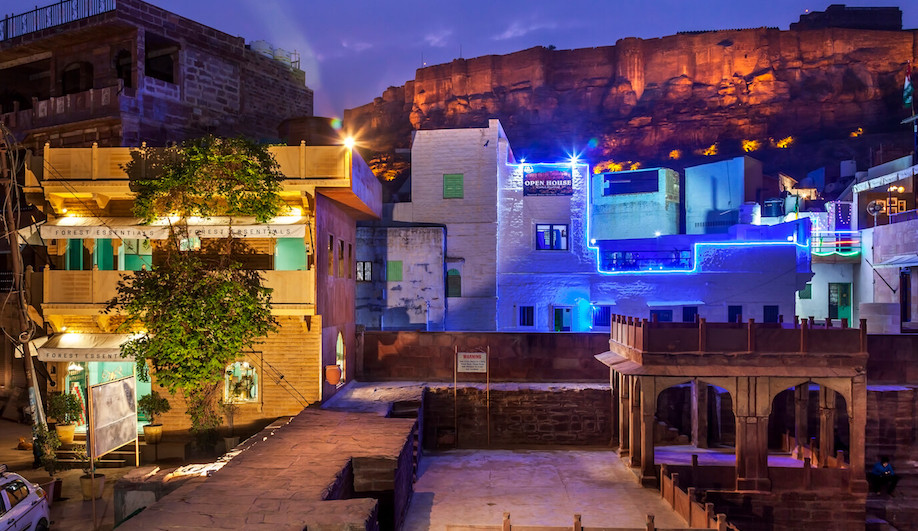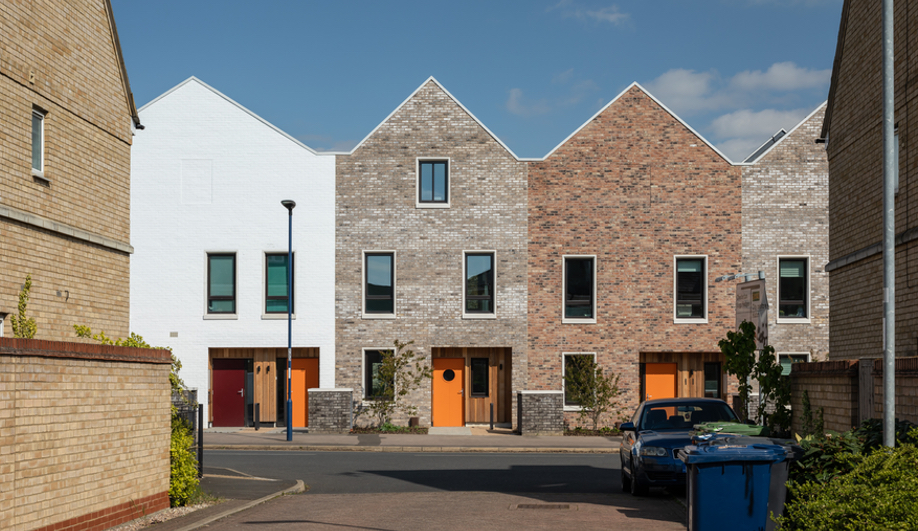
The macro message behind Aki Inomata’s microcosms.
Shelter is not a luxury for a tiny sea creature with a soft abdomen; it’s essential. Japanese artist Aki Inomata examines this reality in her continuing series of 3‑D-printed epoxy resin shells designed specifically for the hermit crab. Her 14-gram abodes – micro-cities crowned with such recognizable edifices as New York high-rises, Parisian apartments and Tokyo houses – question the rate at which humans build and swap homes.
Contrary to the name, hermit crabs are social creatures; some species live in colonies 100 strong. As they grow, they require larger shells, and when a new dwelling – typically a snail shell – comes on the market, a dominant crab will move in, signalling the queue of smaller crabs to shed their shells and trade up. This “vacancy chain” typically remains peaceful, but, as in metropolises, competition can turn ugly in a frenzied market.
Inomata’s urban centres–cum–crab shells suggest that our vacancy chains may be broken. No big, new uninhabited spaces are coming into existence to trigger a natural trading up. Instead, we have the development of mini-apartments, with humans cramming themselves into tighter quarters just to live in the city.
Meanwhile, as we race to shrink our urban dwellings, crustaceans continue to grow at a leisurely pace. Inomata’s tiny specimens did abandon their shells for her artificial constructs, at intervals prescribed by nature. Perhaps, at the current rate of urbanization, it won’t be long before humans and hermit crabs end up competing for the same tiny piece of real estate. The crab, don’t forget, has claws.




